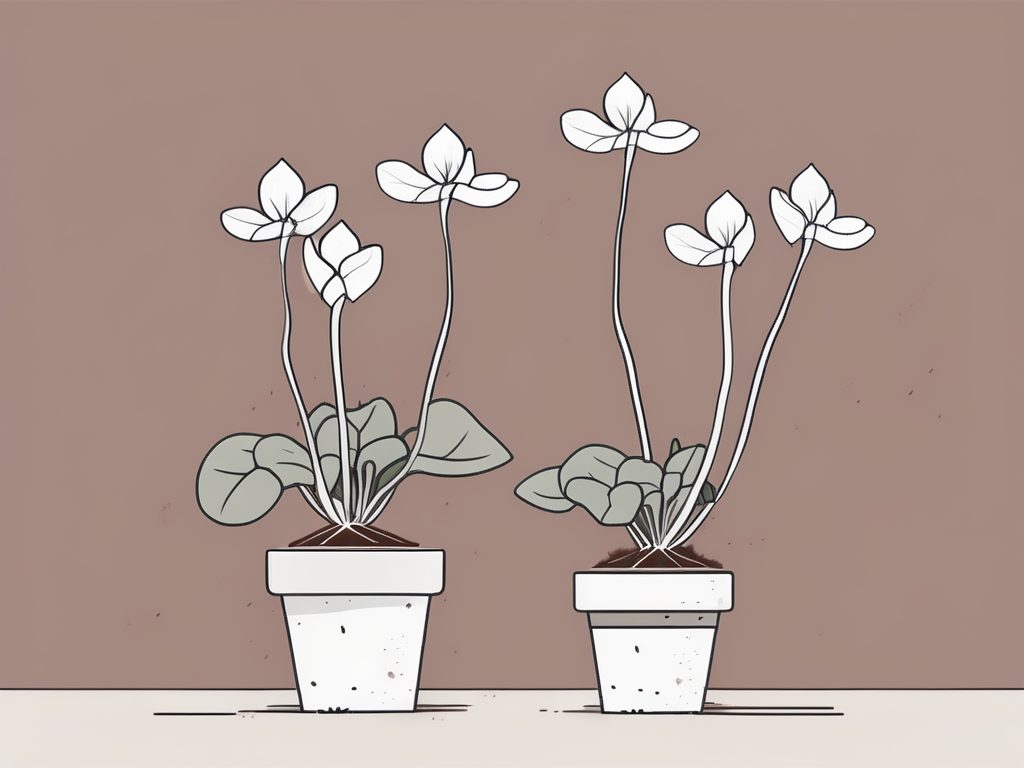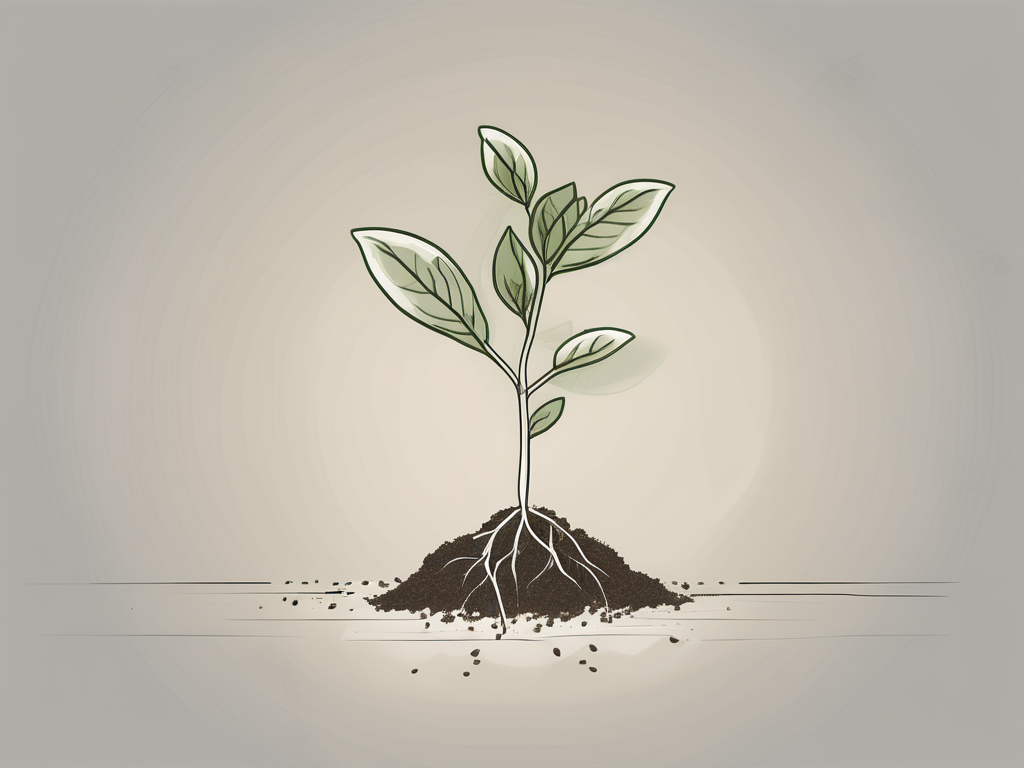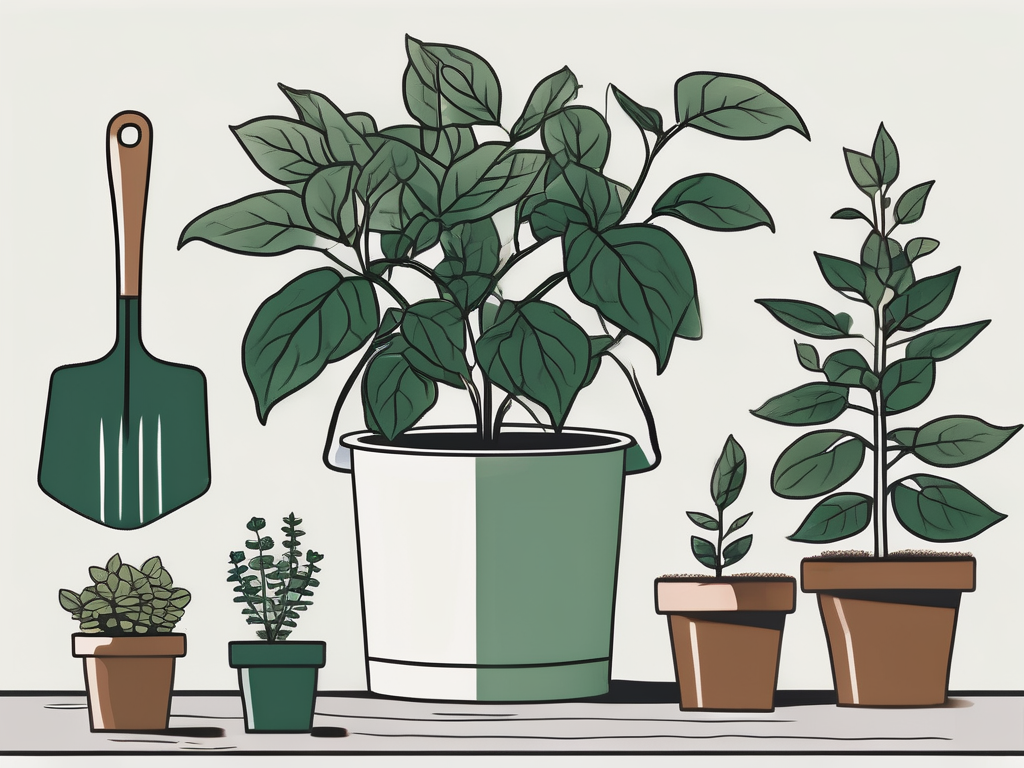
Have you ever admired those vibrant cyclamen blooms and wished you could have more of them around your home? You're not alone! Cyclamen are loved for their stunning flowers and heart-shaped leaves, making them a favorite among plant lovers. But here's the secret: you don't need to keep buying new ones. You can propagate them at home, creating a delightful collection of these beauties with just a bit of patience and care.
In this article, we'll walk through the process of propagating cyclamen step by step. Whether you're a seasoned plant parent or just starting out, you'll find helpful tips and tricks to make the propagation process smooth and rewarding. Let's transform your home into a cyclamen haven!
Understanding Cyclamen Propagation
Before we start getting our hands dirty, it's useful to know what makes cyclamen propagation special. Cyclamen are tuberous plants, which means they grow from a tuber—a kind of storage organ that helps them survive through different seasons. This unique feature is key to propagating them successfully.
Most houseplants can be propagated through cuttings, but cyclamen are a bit different. They reproduce primarily through their tubers. This means we’re dealing with a different set of tools and techniques compared to propagating plants like pothos or spider plants. But don’t worry, it’s all part of the fun!
Interestingly enough, cyclamen plants can also produce seeds if they're pollinated, but this method is more time-consuming and requires a bit of patience. In this article, we'll focus on propagating cyclamen through their tubers, as it's the most efficient way to grow new plants.
Choosing the Right Time for Propagation
Timing is everything when it comes to propagating cyclamen. These plants have a specific growth cycle, and understanding it can make all the difference. Cyclamen typically bloom in the fall and winter months and go dormant during the spring and summer. This dormancy period is the ideal time to propagate because the plant is resting and won't be stressed by the process.
When your cyclamen goes dormant, you'll notice the leaves starting to yellow and die back. Don't panic—this is completely normal! Once the foliage has died back, the tubers are ready to be divided and replanted. This usually happens in late spring or early summer.
On the other hand, if you try to propagate during their active growing phase, you might end up stressing the plant. So, mark your calendar and keep an eye on your cyclamen's growth cycle. Patience is key here, and your future plants will thank you for it!
Gathering Your Materials
Now that you know when to propagate, let's gather the materials you'll need. Having everything ready before you start makes the process much smoother. Here's what you'll need to get started:
- Sharp knife or garden shears: For cutting the tubers cleanly. Make sure they’re sterilized to prevent infection.
- Potting mix: A well-draining mix is essential. You can use a mix designed for cacti and succulents or make your own with equal parts peat, perlite, and sand.
- Pots: Small pots or seed trays work well for new tubers.
- Watering can: With a fine spout for gentle watering.
- Labels: To record the date of propagation and any other useful notes.
Once you’ve gathered all your materials, you’re ready to start the propagation process. Remember to keep everything within reach so you can focus on the task at hand without any interruptions.
Preparing the Tubers
With your materials ready, it’s time to prepare the tubers for propagation. Carefully remove the cyclamen from its pot, gently shaking off excess soil. You should see the tuber, which might look a bit like a small potato.
Using your sharp knife or garden shears, divide the tuber into sections. Each section should have at least one growing point, or "eye," which is a small bump where new growth will emerge. It’s a bit like cutting a potato for planting—each piece should be able to sprout a new plant.
Be sure to make clean cuts to avoid damaging the tuber. If the tuber is particularly large, you might get several sections from it. However, don't be too ambitious; it's better to have fewer, healthy pieces than many weak ones.
Once the tubers are divided, let them dry for a day or two. This helps the cuts callous over, reducing the risk of rot when you plant them. Keep them in a cool, dry place during this time.
Planting the Tubers
After the tubers have calloused, it’s planting time! Fill your pots or seed trays with the well-draining potting mix. Make a small hole in the center, just large enough to accommodate your tuber section.
Place the tuber in the hole with the growing point facing up. Cover it with soil, but leave the top of the tuber slightly exposed. This prevents it from rotting and allows you to monitor its progress more easily.
Water the soil lightly to settle it around the tuber. Be careful not to overwater, as cyclamen tubers are prone to rot if they’re too wet. A gentle misting or a small amount of water from a watering can with a fine spout is usually enough to start.
Label each pot with the date of planting and any notes about the tuber, like its size or position in the original plant. This will help you track its progress over time.
Caring for Your New Cyclamen Plants
With your tubers potted, the next step is to provide the right care to encourage healthy growth. Cyclamen prefer cool temperatures and indirect light, so find a spot in your home that meets these conditions. A north-facing windowsill or a well-lit room away from direct sunlight works well.
Water your new plants sparingly. Cyclamen tubers are sensitive to overwatering, especially when they’re just starting out. Allow the soil to dry out slightly between waterings, and always check the moisture level before adding more water.
If you notice any signs of mold or rot, like a musty smell or soft, discolored spots on the tuber, address them immediately by removing the affected parts and adjusting your watering routine.
As the tubers start to sprout, you’ll see small leaves emerging. This is an exciting sign! At this stage, you can increase the watering slightly, but still be cautious not to overdo it.
Transplanting and Long-Term Care
Once your new cyclamen plants are established and growing well, you might consider transplanting them into larger pots. This usually happens after about six months to a year, depending on the growth rate.
Transplanting gives the roots more space and allows the plant to continue thriving. Choose a pot that is one size larger than the current one and ensure it has good drainage. Carefully transfer the plant, keeping as much of the original soil intact as possible to minimize shock.
Continue to provide the same care: cool temperatures, indirect light, and careful watering. As your cyclamen grow, they’ll enter their bloom cycle, rewarding you with those beautiful flowers you love so much.
Over time, you might even find yourself with enough cyclamen to share with friends and family. It’s a wonderful way to spread the joy of gardening and create meaningful connections.
Troubleshooting Common Issues
Even with the best care, sometimes things don’t go as planned. Here are a few common issues you might encounter with cyclamen propagation and how to address them:
- Rotting tubers: This is often due to overwatering. If you notice soft spots or a foul smell, cut away the affected areas and let the tuber dry out before replanting.
- No growth: If your tuber isn’t sprouting, it might be too dry or in the wrong location. Check the moisture level and try moving it to a spot with more indirect light.
- Pests: Cyclamen can occasionally attract pests like aphids or spider mites. Regularly inspect your plants and treat any infestations promptly with insecticidal soap or neem oil.
Remember, plant care is a learning process, and even experienced plant parents encounter challenges. Don’t be discouraged—each problem is an opportunity to learn and grow as a gardener.
Creating a Cyclamen Display
Now that you’ve successfully propagated your cyclamen, why not create a stunning display in your home? Cyclamen’s vibrant flowers and unique foliage make them perfect for brightening up any space.
Consider grouping several cyclamen plants together in different pot sizes and colors to create visual interest. You can also mix cyclamen with other shade-loving plants like ferns or ivy for a lush, layered look.
For a more structured arrangement, use identical pots and line them up on a windowsill or shelf. This creates a cohesive, modern look that highlights the beauty of the plants themselves.
Don’t forget to play with textures and materials. Wooden or ceramic pots can add warmth, while metal or glass containers offer a sleek, contemporary feel. The key is to have fun and express your personal style!
Sharing Your Cyclamen Journey
One of the most rewarding aspects of propagating plants is sharing your success with others. Whether it's gifting a newly propagated cyclamen to a friend or showcasing your blooming collection on social media, sharing your journey can inspire others to try their hand at gardening.
Consider starting a plant journal to document your cyclamen propagation process. Include photos, growth notes, and any challenges you encountered along the way. This not only serves as a personal keepsake but can also be a valuable resource for fellow plant lovers.
Join online plant communities or local gardening clubs to connect with others who share your passion. You might even learn new tips and tricks to try with your next propagation project!
Final Thoughts
Propagating cyclamen is a fantastic way to expand your plant collection and enjoy more of those gorgeous blooms. From choosing the right time to planting and caring for your new plants, each step is an opportunity to connect with nature and nurture your gardening skills.
At Cafe Planta, we’re passionate about helping you grow and care for your plants. If you have any questions or need advice, feel free to email us or reach out on Instagram. Whether you're a seasoned plant parent or just starting your green journey, we're here to support you every step of the way. Let's create beautiful, thriving spaces together!












